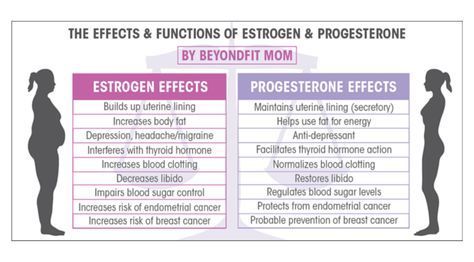Intermittent fasting has gained significant popularity in recent years as a dietary approach, not only for weight loss but also for its potential health benefits. It involves restricting the eating window to a specific period and fasting for the remaining hours of the day. This article explores the benefits of intermittent fasting and provides useful tips on how to start this unique way of eating.
The Benefits of Intermittent Fasting
Intermittent fasting offers a range of benefits that go beyond mere weight management. Some of the key advantages include:
1. Weight Loss
One of the primary reasons individuals practice intermittent fasting is for weight loss. By reducing the eating window, the body has less time to intake calories, resulting in a calorie deficit and potential weight loss.
2. Improved Insulin Sensitivity
Intermittent fasting has shown positive effects on insulin sensitivity. By allowing the body to rest and not consistently process food, intermittent fasting may enhance the body’s ability to regulate blood sugar levels, reducing the risk of type 2 diabetes.
3. Enhanced Brain Function
Studies suggest that intermittent fasting could have a positive impact on brain health. It may support various brain functions, including improved focus, concentration, and memory.
4. Increased Energy
Many people who adopt intermittent fasting report having increased energy levels throughout the day. This energy boost can be attributed to the body’s efficient utilization of stored fat for energy during fasting periods.
How to Start Intermittent Fasting
If you are interested in trying intermittent fasting, here are some steps to help you get started:
1. Choose a Fasting Protocol
There are several popular fasting protocols to choose from. These include the 16/8 method, where you fast for 16 hours and eat within an 8-hour window, or the 5:2 method, which involves eating normally for five days and restricting calorie intake for the remaining two days. Select the protocol that suits your lifestyle and preferences.
2. Start Slowly
Begin by gradually increasing the fasting duration. For instance, if you typically eat breakfast at 8 am, try pushing it to 10 am and gradually extend the fasting hours over time. This approach allows your body to adapt to the changes without overwhelming yourself.
3. Stay Hydrated
During the fasting period, it is essential to stay adequately hydrated. Drink plenty of water, herbal teas, or other zero-calorie beverages to keep your body hydrated and reduce hunger sensation.
4. Plan Your Meals
When following intermittent fasting, it’s crucial to plan your meals and ensure they are nutrient-dense to fulfill your body’s needs. Incorporate a balance of fruits, vegetables, whole grains, lean proteins, and healthy fats in your eating window to maximize nutritional intake.
5. Listen to Your Body
Everyone’s body is unique, so pay attention to how your body responds to intermittent fasting. If you experience any adverse effects or discomfort, consult a healthcare professional before continuing with the practice.
Conclusion
Intermittent fasting can be a beneficial dietary approach with numerous advantages, including weight loss, improved insulin sensitivity, enhanced brain function, and increased energy levels. It is essential to choose a fasting protocol that fits your lifestyle and gradually ease into the practice. Remember to stay hydrated, plan nutrient-dense meals, and listen to your body’s signals throughout the process. By incorporating intermittent fasting into your routine, you may discover a healthier and more mindful way of eating.









